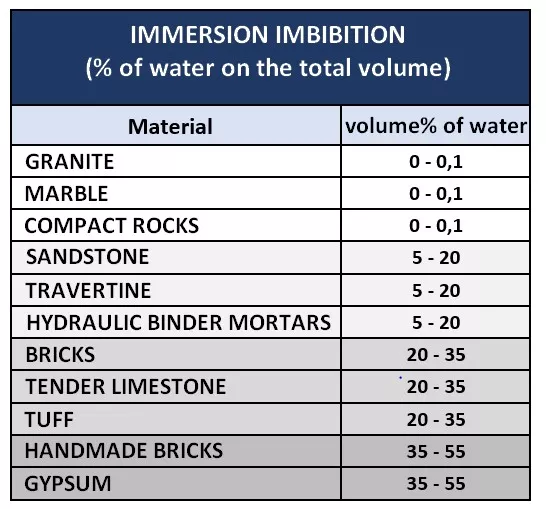The humidity of the walls by water absorption by permeation, also called meteoric humidity, depends essentially on the porosity of the material
of which the masonry is composed and the presence and diffusion of any discontinuities on it.
In this case, the infiltrations generally come from atmospheric precipitations: rain, snow that penetrate the walls through cracks and micro-cracks in the plaster, damaged repointing brickworks, metal and wooden carpentry, door and window frames embedded in the masonry, etc.
The walls frequently exposed to rain can easily moisten and saturate, especially in the presence of the pressure exerted by the wind which can facilitate the penetration of moisture into the wall fabrics.
In general, the effects of pouring rain are closely related to the morphology of the buildings and can be accentuated in the presence of any local defects in the external envelope. In fact, the plaster does not only have the function of ensuring a uniform coverage of the building, but also the fundamental one, of guaranteeing protection from the effects of pouring rain and meteoric agents in general. In the case of porous materials, the protective function of the plaster is fundamental.
For particularly exposed walls, water-repellent plasters and/or aids capable of inhibiting the transport of water are recommended. In any case, the plasters must be able to guarantee a sufficient exchange of steam between the internal part of the wall and the external environment.
The thermal properties (insulation), the influences on condensation processes, damage caused by freeze-thaw cycles, as well as the overall durability of the building itself also depend on the penetration of water into the masonry. The phenomena of degradation of bodies and masonry envelopes are in fact closely connected with the possibility of aggressive substances to penetrate the masonry.

Products and technologies to use
The problems deriving from the permeation humidity can be solved by sealing the existing cracks, with putties, filler products and polymeric sealants and by applying water-repellent (transparent or pigmented) treatments and/or paints (or renders).
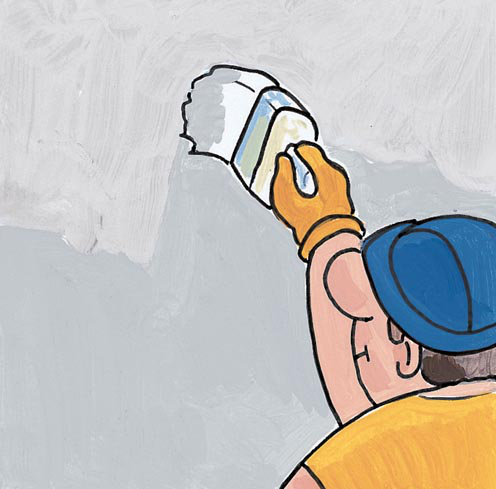
Sanaxil Filler
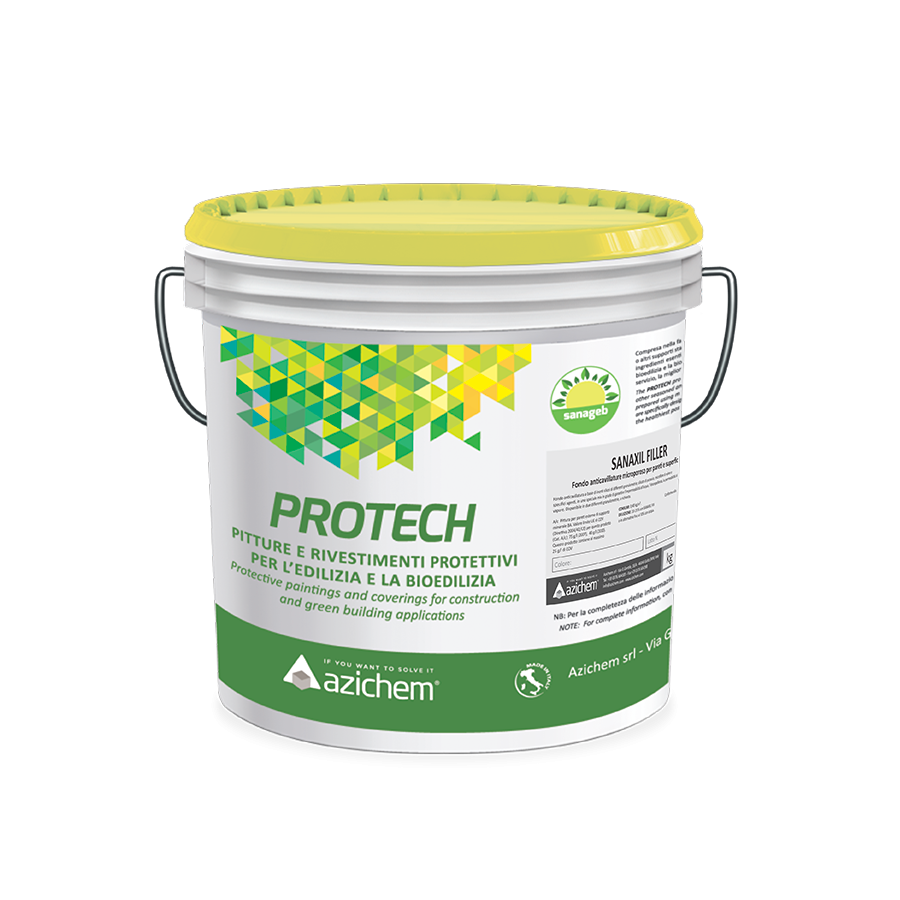
Anti-crackling base, based on siliceous aggregates of different particle sizes, potassium silicate, nylon microfibre and specific agents, in a special mix ensuring watertightness, water-repellence, permeability to steam. Available in two different particle sizes, on request. Specific for the reclamation of internal and external vertical surfaces, characterised by significant presence of cracklings from shrinkage (also of width up to 1 mm), for homogenising regularisation in general. It can also be used as a base to obtain a rustic effect of the finish. Particularly suitable for the anti-cracking reclamation of historic buildings.

Sanaxil Filler

Anti-crackling base, based on siliceous aggregates of different particle sizes, potassium silicate, nylon microfibre and specific agents, in a special mix ensuring watertightness, water-repellence, permeability to steam. Available in two different particle sizes, on request. Specific for the reclamation of internal and external vertical surfaces, characterised by significant presence of cracklings from shrinkage (also of width up to 1 mm), for homogenising regularisation in general. It can also be used as a base to obtain a rustic effect of the finish. Particularly suitable for the anti-cracking reclamation of historic buildings.
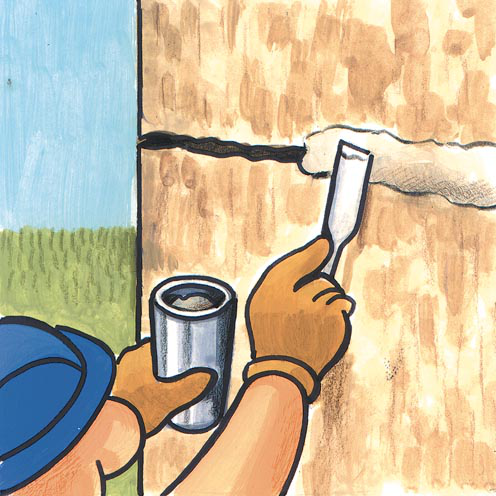
Fibrostuck
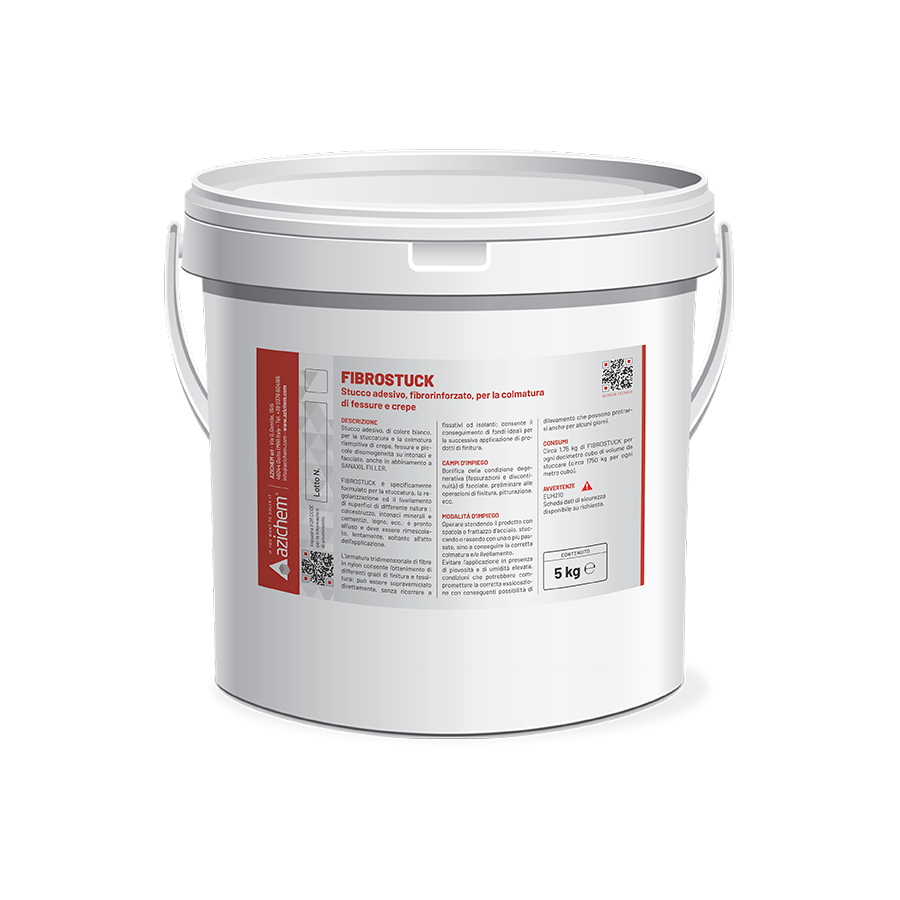
Adhesive filler, white in colour, for grouting and filling cracks and fissures and small imperfections on plasters and external walls, also in combination with Sanaxil Filler.

Fibrostuck

Adhesive filler, white in colour, for grouting and filling cracks and fissures and small imperfections on plasters and external walls, also in combination with Sanaxil Filler.
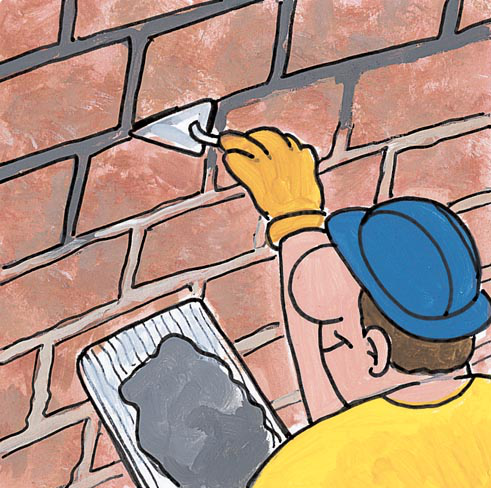
Sanazieg
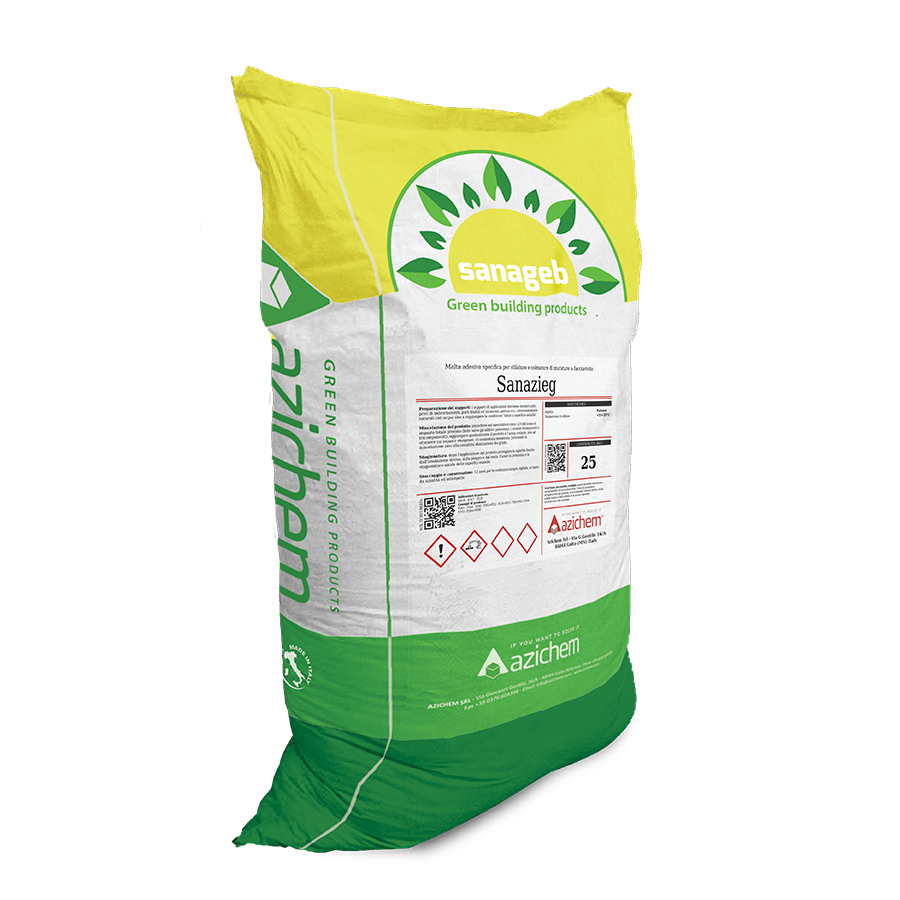
Adhesive high breathability and moldability mortar, based on hydraulic lime, for filling the vanishing points between elements in stone, brick, mouldings, decorative articles etc., in ecological building interventions, new buildings and in the restoration of vintage buildings and monuments. It can be added with earth colours, ornamental aggregates etc.

Sanazieg

Adhesive high breathability and moldability mortar, based on hydraulic lime, for filling the vanishing points between elements in stone, brick, mouldings, decorative articles etc., in ecological building interventions, new buildings and in the restoration of vintage buildings and monuments. It can be added with earth colours, ornamental aggregates etc.
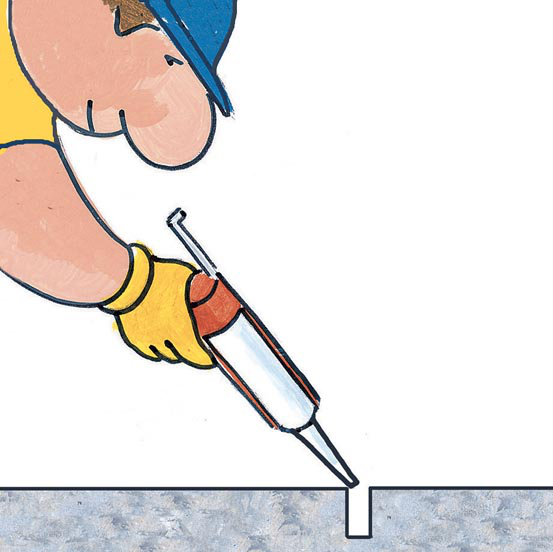
Protech Flex
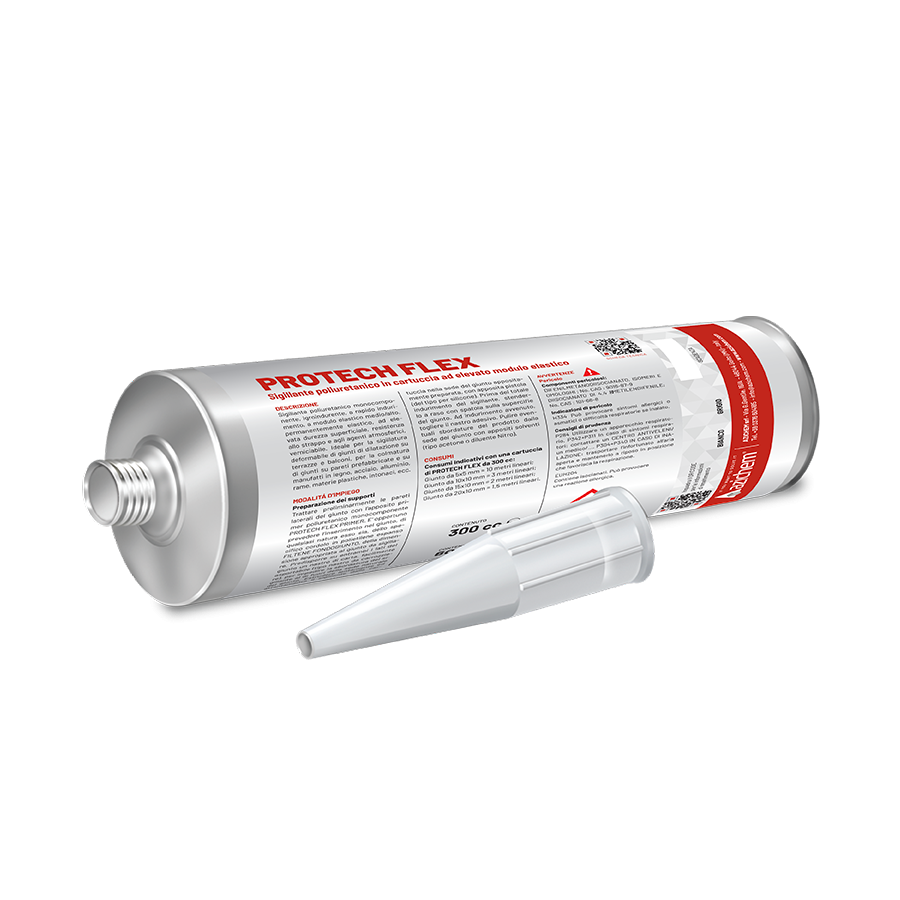
A single-component, moisture-curing and fast-hardening polyurethane sealant with a medium-to-high modulus of elasticity, remaining permanently elastic yet with high surface hardness and being tear- and weather-resistance and paintable. Ideal for the deformable sealing of expansion joints on terraces and balconies, for filling joints on prefabricated walls and on wooden, steel, aluminium, copper and plastic materials along with plasters and so on.

Protech Flex

A single-component, moisture-curing and fast-hardening polyurethane sealant with a medium-to-high modulus of elasticity, remaining permanently elastic yet with high surface hardness and being tear- and weather-resistance and paintable. Ideal for the deformable sealing of expansion joints on terraces and balconies, for filling joints on prefabricated walls and on wooden, steel, aluminium, copper and plastic materials along with plasters and so on.
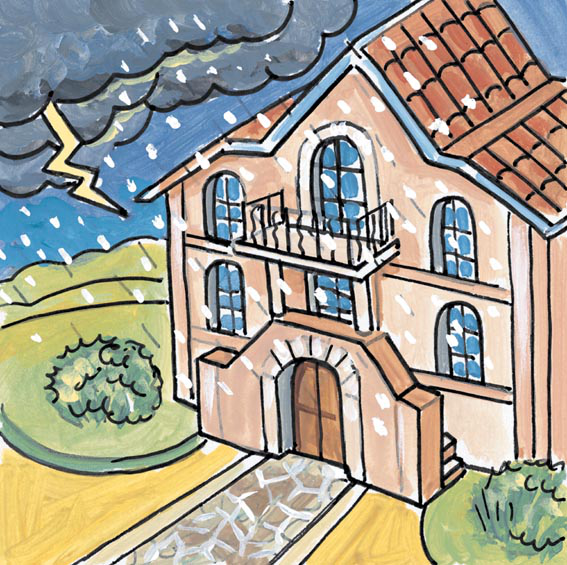
Consilex Altrain
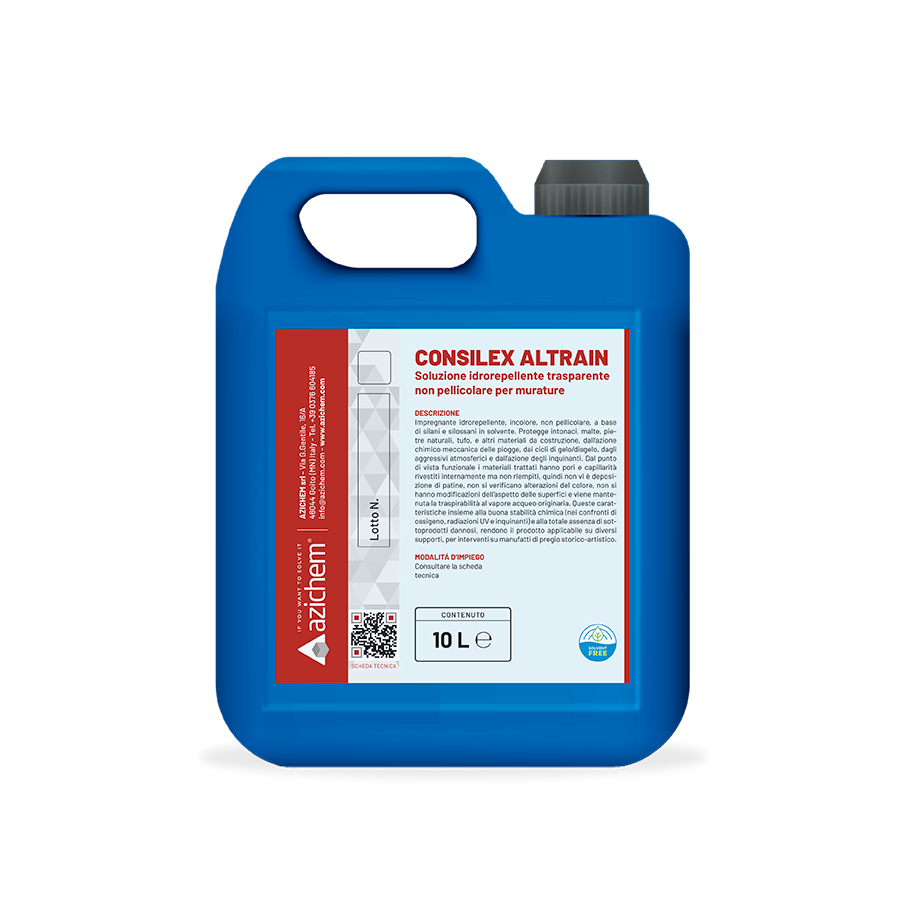
Water repellent, colourless, non-pellicular impregnating agent based on silanes and siloxanes in solvent. It protects plaster, hydraulic mortars, natural stone, tuff, and other building materials, from the mechanical-chemical action of rain, from freezing/thawing cycles and from the action of pollutant agents. From the functional point of view, the treated materials have pores and capillarity internally coated but not filled, so there is no deposit of coatings, it does not alter the colour, it does not change the appearance of the surfaces and the water vapour breathability is maintained. These characteristics, together with good chemical stability (against oxygen, UV radiation and pollutants) and the total absence of harmful by-products, make the product suitable for application on different supports, in various environments of exposure and in particular for interventions on artefacts of historical-artistic value. The high capillary penetration and diffusion capacity of Consilex Altrain makes the product also suitable for use for chemical barrier injection treatments against rising damp.

Consilex Altrain

Water repellent, colourless, non-pellicular impregnating agent based on silanes and siloxanes in solvent. It protects plaster, hydraulic mortars, natural stone, tuff, and other building materials, from the mechanical-chemical action of rain, from freezing/thawing cycles and from the action of pollutant agents. From the functional point of view, the treated materials have pores and capillarity internally coated but not filled, so there is no deposit of coatings, it does not alter the colour, it does not change the appearance of the surfaces and the water vapour breathability is maintained. These characteristics, together with good chemical stability (against oxygen, UV radiation and pollutants) and the total absence of harmful by-products, make the product suitable for application on different supports, in various environments of exposure and in particular for interventions on artefacts of historical-artistic value. The high capillary penetration and diffusion capacity of Consilex Altrain makes the product also suitable for use for chemical barrier injection treatments against rising damp.
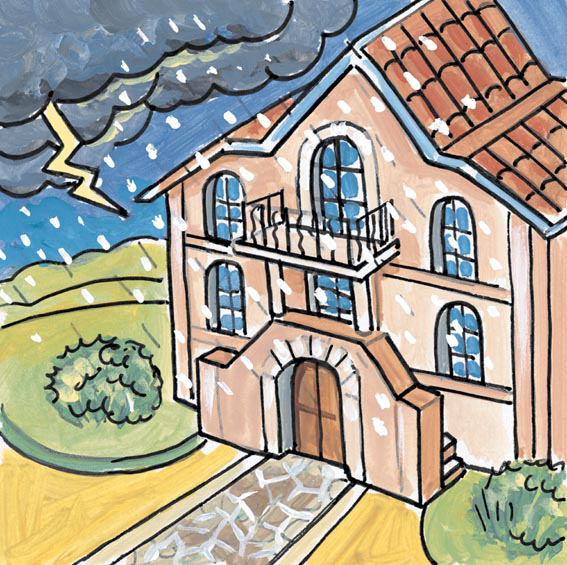
Consilex Altrain WV
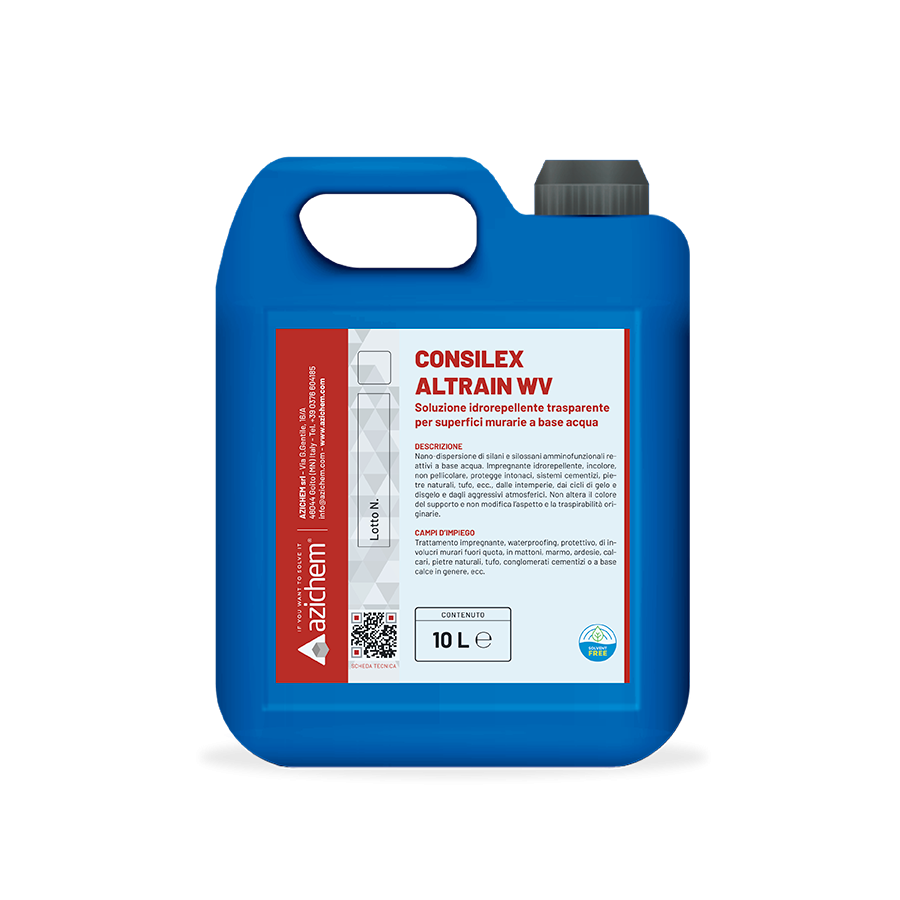
Nano-dispersion of water-based reactive amino functional silanes and siloxanes. Water-repellent impregnating agent, colourless, non-filming, protects plasters, cementitious systems, natural stones, tuff, etc., from adverse weather conditions, frost and thaw cycles and from atmospheric aggressions.It does not alter the colour of the surface and does not change the original appearance and breathability.

Consilex Altrain WV

Nano-dispersion of water-based reactive amino functional silanes and siloxanes. Water-repellent impregnating agent, colourless, non-filming, protects plasters, cementitious systems, natural stones, tuff, etc., from adverse weather conditions, frost and thaw cycles and from atmospheric aggressions.It does not alter the colour of the surface and does not change the original appearance and breathability.
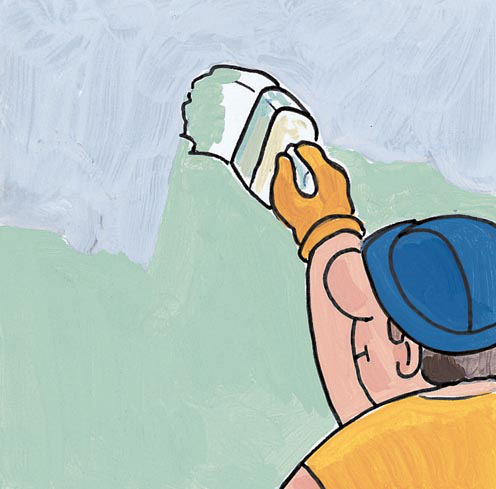
Protech Sil P
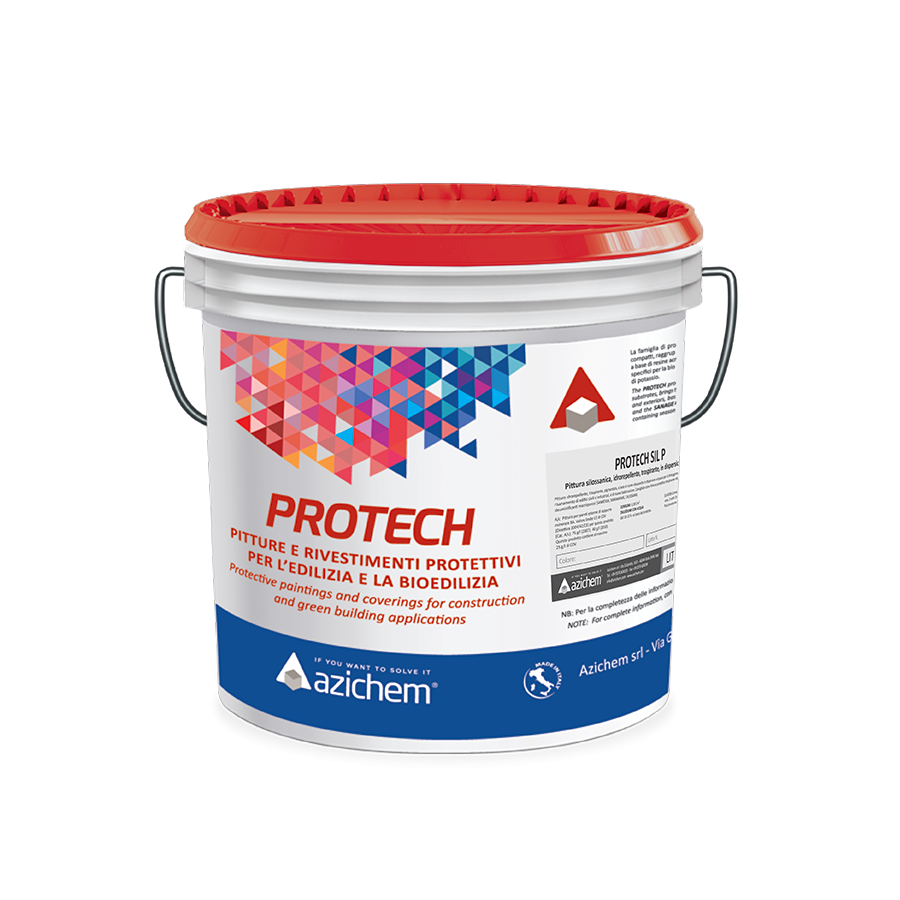
Water-repellent, breathable, pigmented paint based on siloxane resins in water dispersion for painting and renovating civil and industrial buildings, and newly manufactured, for both external and internal facades. Recommended as a breathable, water-repellent protective finish for macroporous dehumidifying plasters (Sanatigh, Sanawarme, Caleosana).

Protech Sil P

Water-repellent, breathable, pigmented paint based on siloxane resins in water dispersion for painting and renovating civil and industrial buildings, and newly manufactured, for both external and internal facades. Recommended as a breathable, water-repellent protective finish for macroporous dehumidifying plasters (Sanatigh, Sanawarme, Caleosana).

Protech Sil I
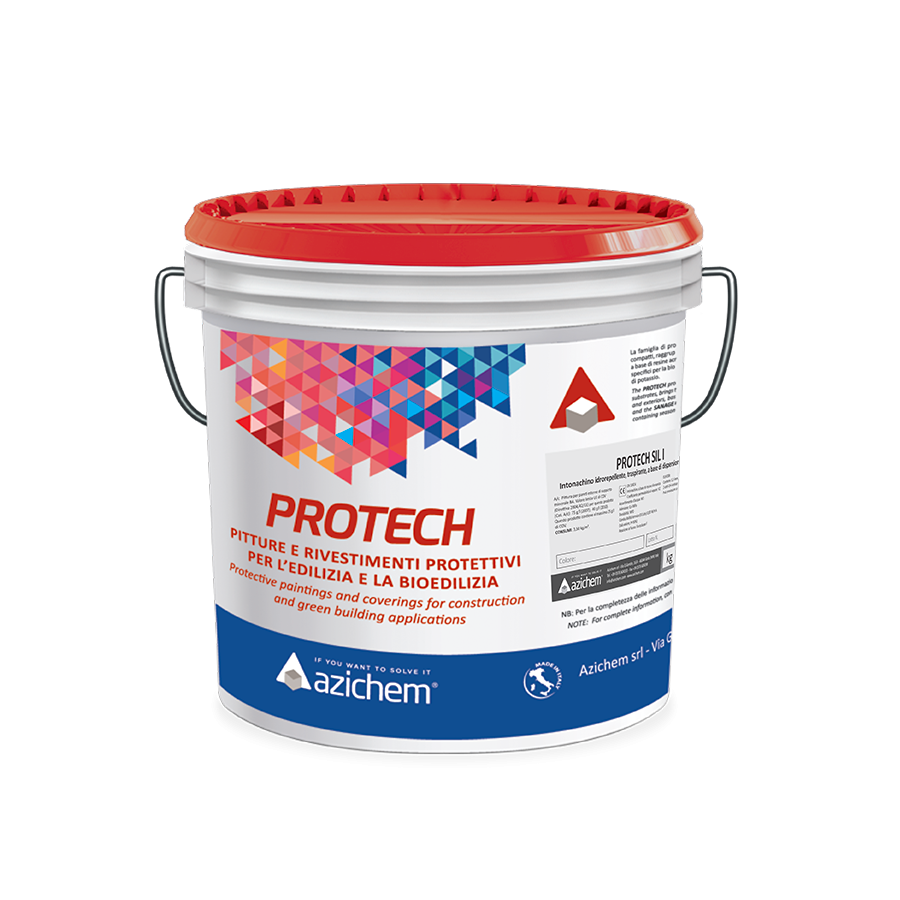
Water-repellent, breathable, pigmented, ready-to-use plaster based on siloxane resins dispersed in water. Ideal for the protective coating resistant to water and bad weather in the renovation interventions, both of external facades and of internal environments, of civil and industrial buildings, and in new constructions.

Protech Sil I

Water-repellent, breathable, pigmented, ready-to-use plaster based on siloxane resins dispersed in water. Ideal for the protective coating resistant to water and bad weather in the renovation interventions, both of external facades and of internal environments, of civil and industrial buildings, and in new constructions.
